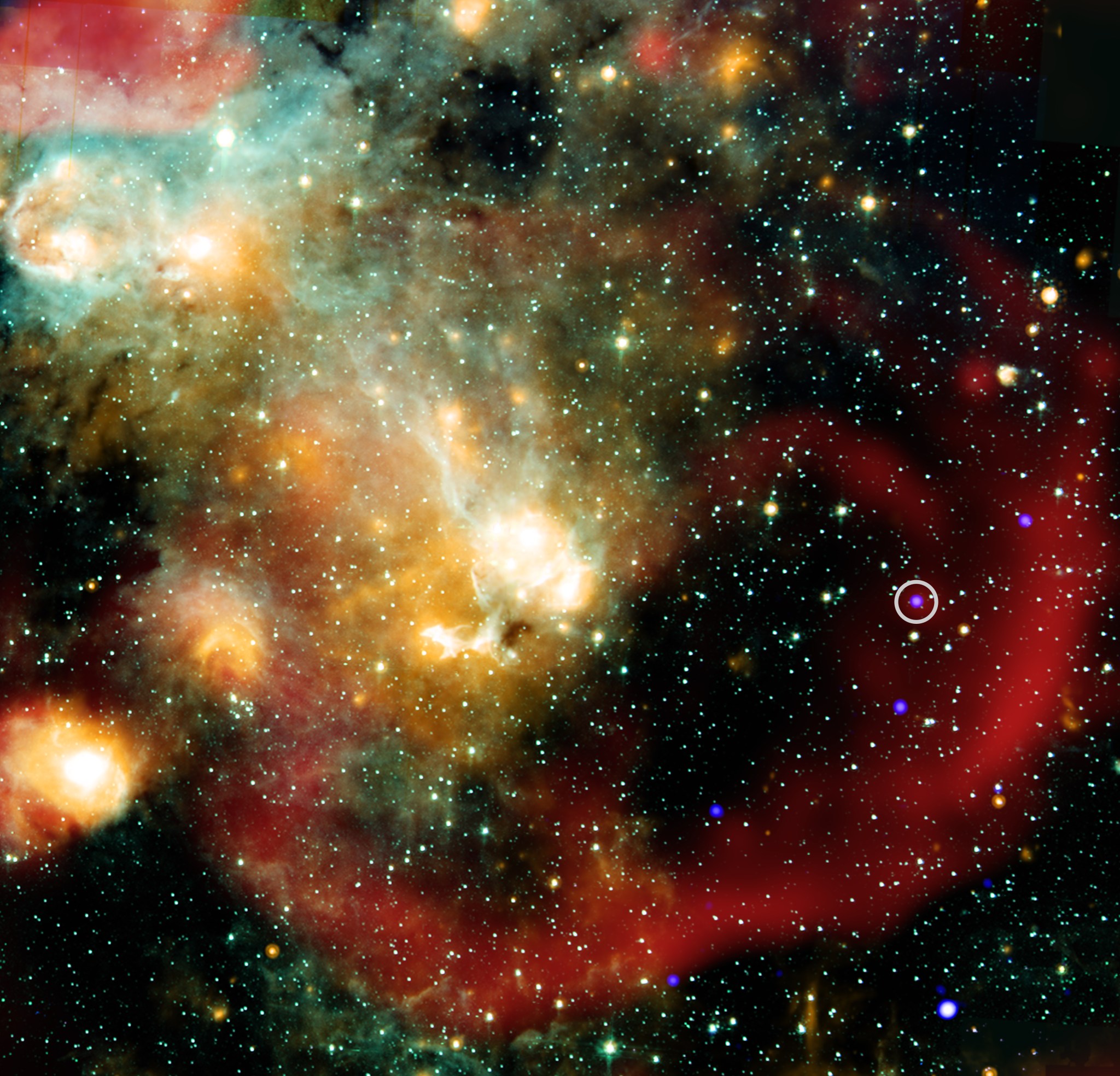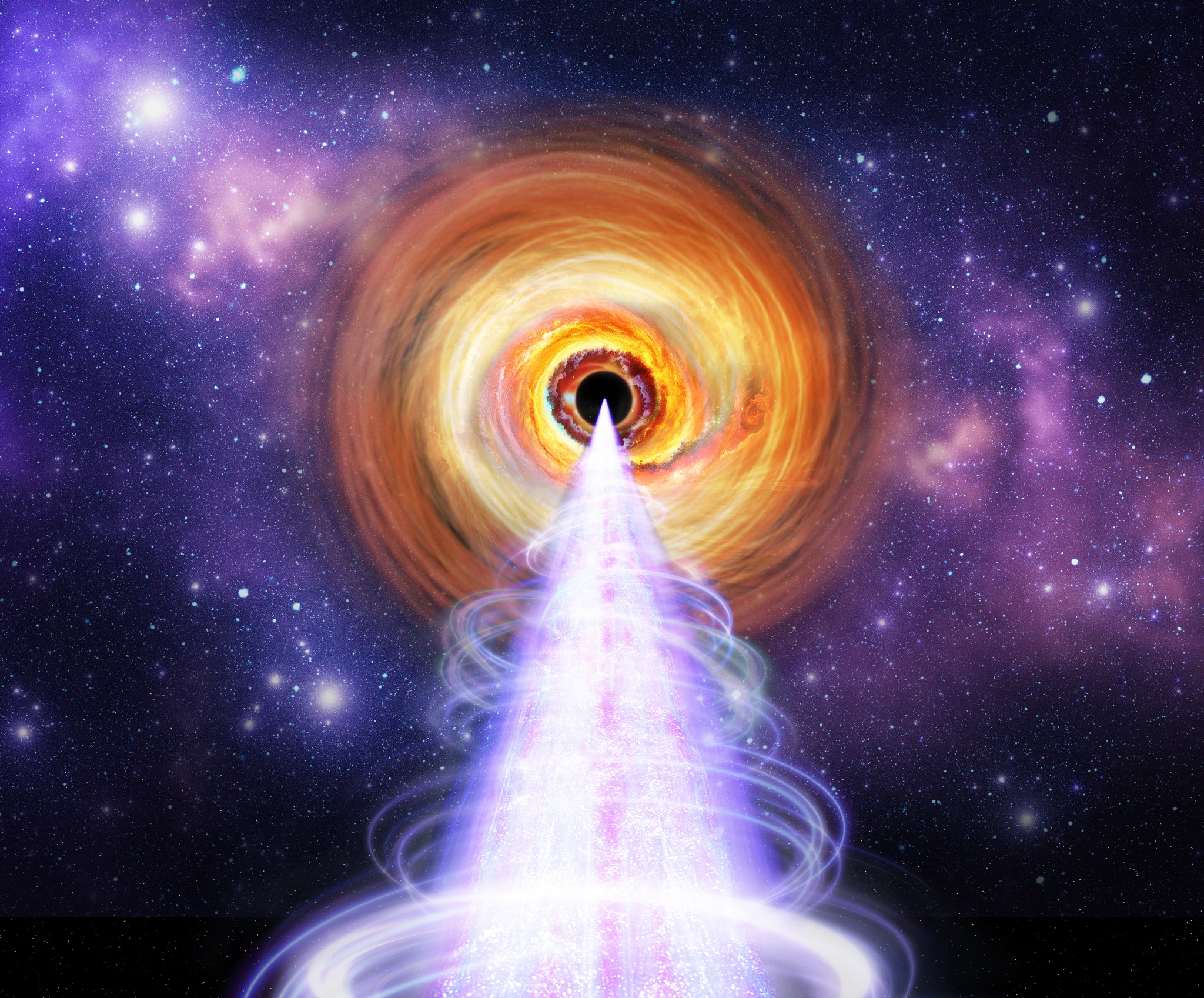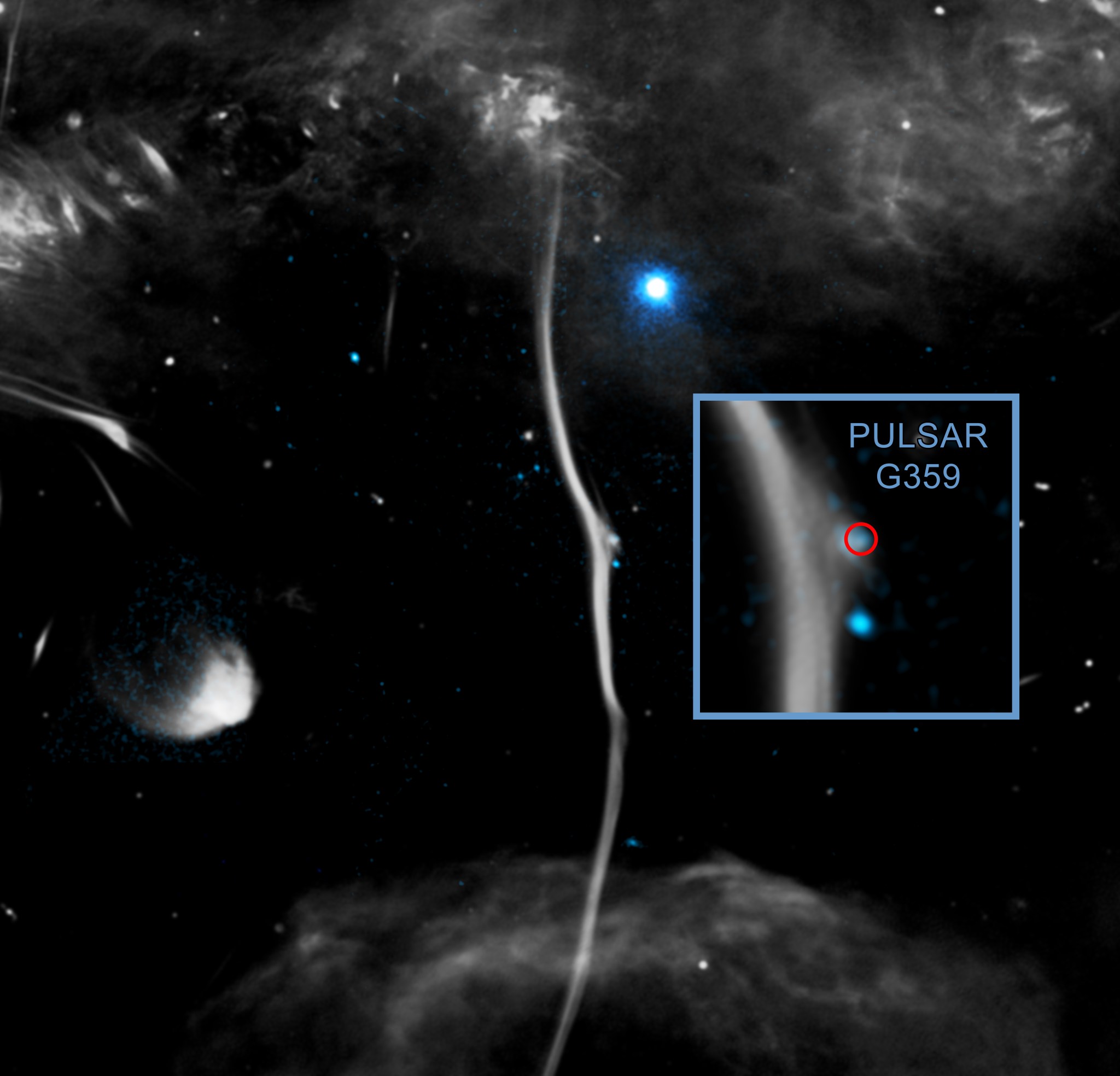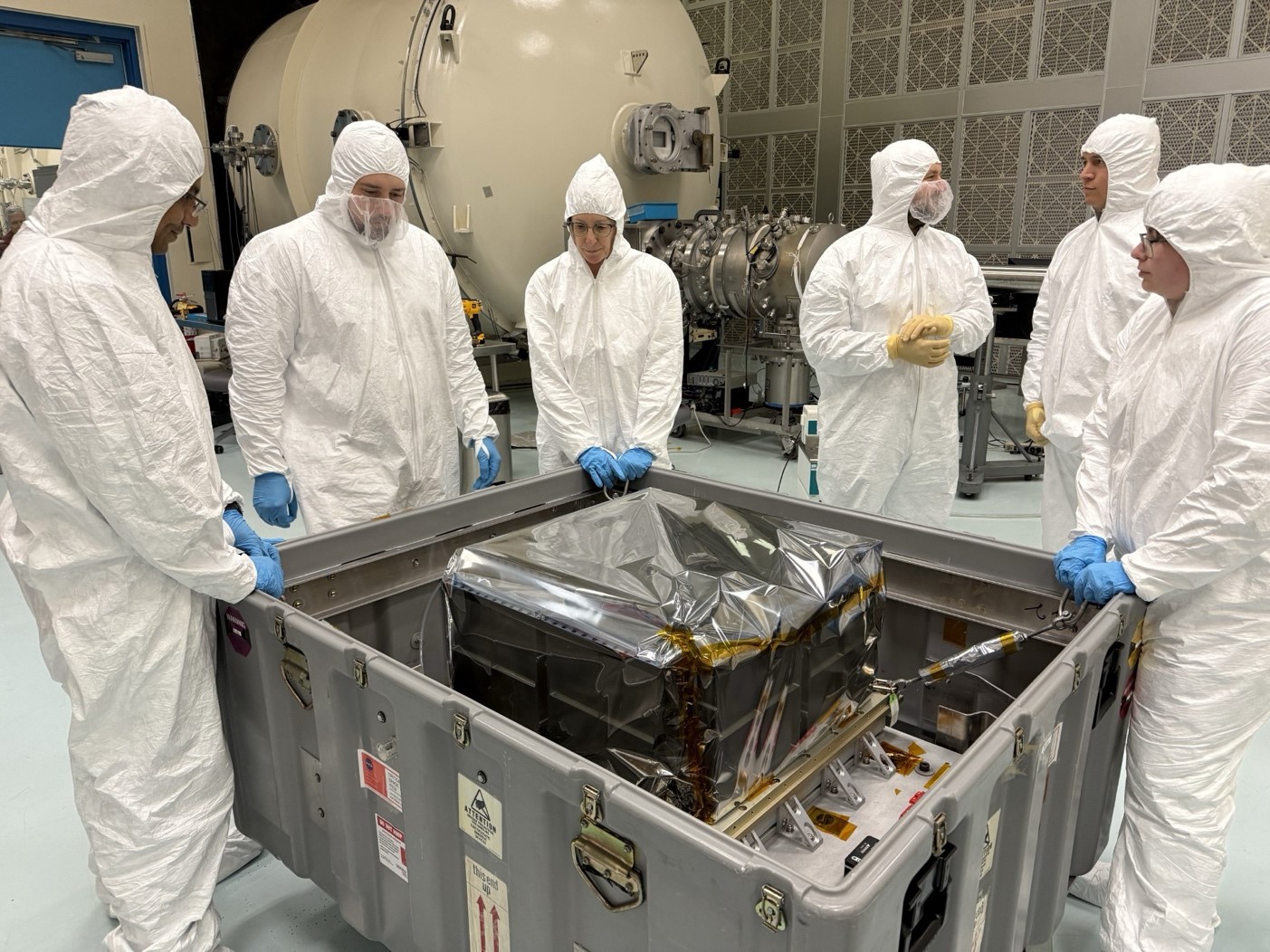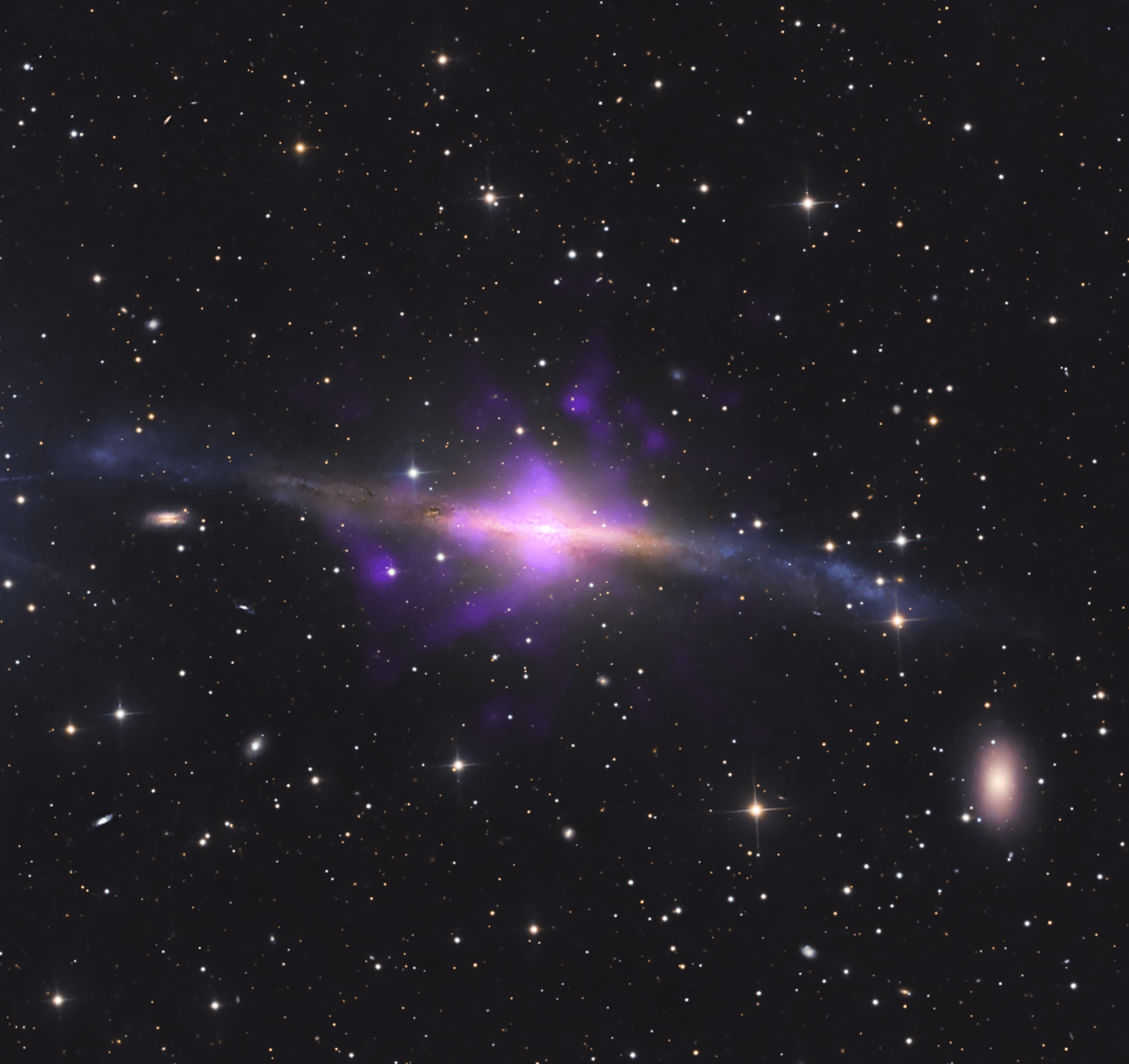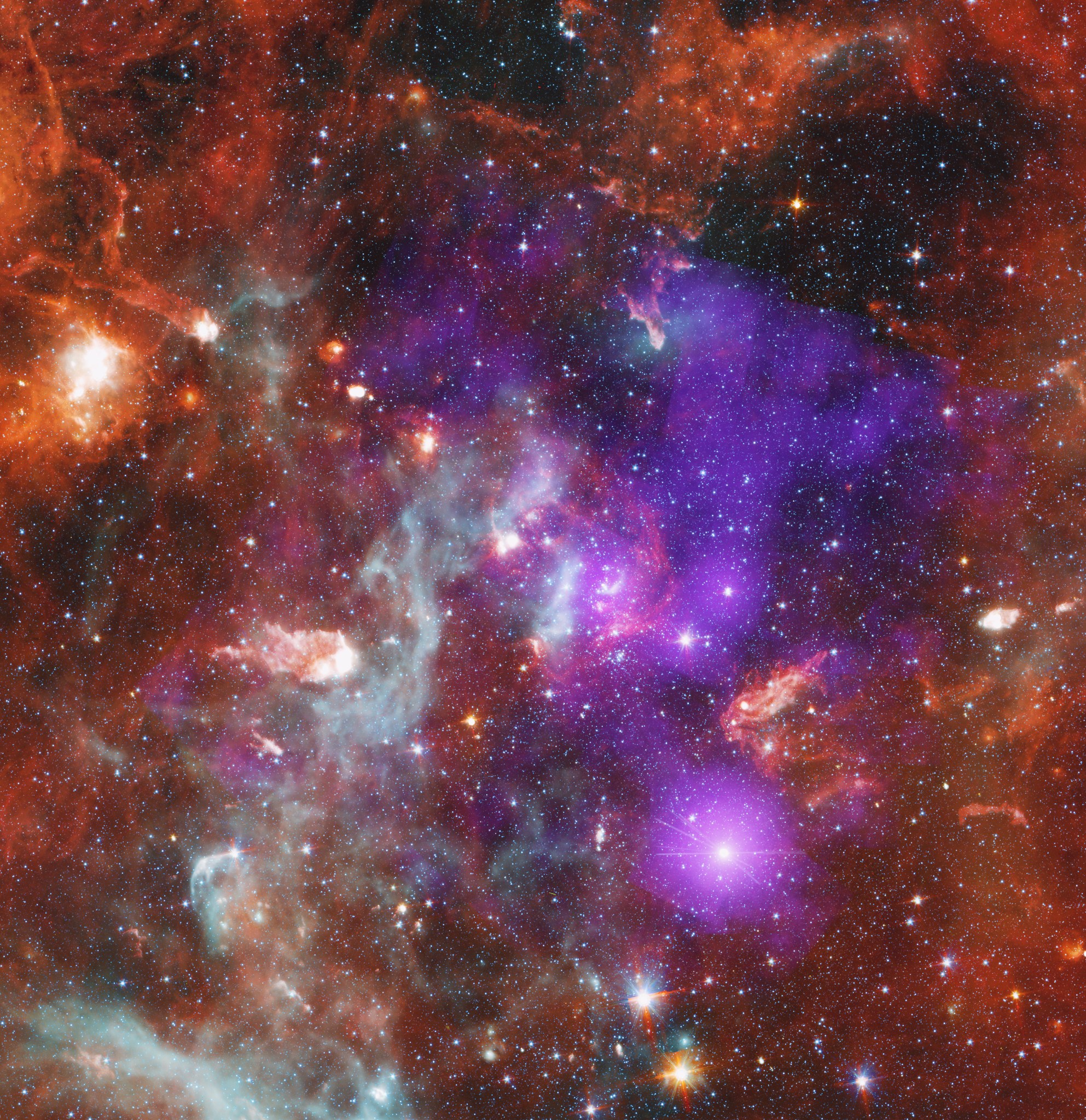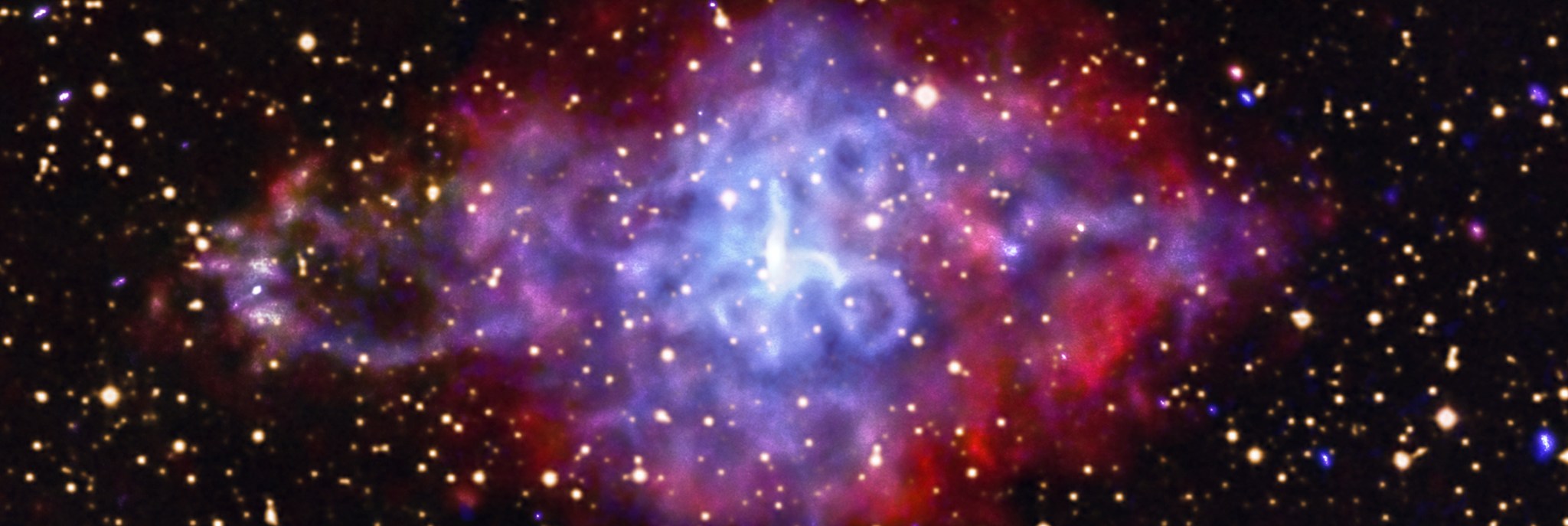X-ray: NASA/CXC/ICRAR, Curtin Univ./Z. Wang et al.; Infrared: NASA/JPL/CalTech/IPAC; Radio: SARAO/MeerKAT; Image processing: NASA/CXC/SAO/N. Wolk Scientists have discovered a star behaving like no other seen before, giving fresh clues about the origin of a new class of mysterious objects. As described in our press release, a team of astronomers combined data from NASA’s Chandra X-ray Observatory and the SKA [Square Kilometer Array] Pathfinder (ASKAP) radio telescope on Wajarri Country in Australia to study the antics of the discovered object, known as ASKAP J1832−0911 (ASKAP J1832 for short). ASKAP J1832 belongs…
Read MoreTag: Marshall Astrophysics
NASA’s IXPE Reveals X-ray-Generating Particles in Black Hole Jets
5 min read Preparations for Next Moonwalk Simulations Underway (and Underwater) The blazar BL Lacertae, a supermassive black hole surrounded by a bright disk and jets oriented toward Earth, provided scientists with a unique opportunity to answer a longstanding question: How are X-rays generated in extreme environments like this? NASA’s IXPE (Imaging X-ray Polarimetry Explorer) collaborated with radio and optical telescopes to find answers. The results (preprint available here), to be published in the journal Astrophysical Journal Letters, show that interactions between fast-moving electrons and particles of light, called photons,…
Read MoreNASA’s Chandra Diagnoses Cause of Fracture in Galactic “Bone”
X-ray: NASA/CXC/Northwestern Univ./F. Yusef-Zadeh et al; Radio: NRF/SARAO/MeerKat; Image Processing: NASA/CXC/SAO/N. Wolk Astronomers have discovered a likely explanation for a fracture in a huge cosmic “bone” in the Milky Way galaxy, using NASA’s Chandra X-ray Observatory and radio telescopes. The bone appears to have been struck by a fast-moving, rapidly spinning neutron star, or pulsar. Neutron stars are the densest known stars and form from the collapse and explosion of massive stars. They often receive a powerful kick from these explosions, sending them away from the explosion’s location at high speeds. Enormous structures resembling bones or…
Read MoreUnderstanding Cosmic Explosions: StarBurst Arrives at NASA for Testing
From left to right, NASA Marshall engineers Carlos Diaz and John Luke Bili, U.S. Naval Research Laboratory mechanical engineer contractor Eloise Stump, and Marshall engineers Tomasz Liz, David Banks, and Elise Doan observe StarBurst in the cleanroom environment before it’s unboxed from its shipping container. The cleanroom environment at Marshall is designed to minimize contamination and protect the observatory’s sensitive instruments. Image Credit: NASA /Daniel Kocevski StarBurst, a wide-field gamma ray observatory, arrived at NASA’s Marshall Space Flight Center in Huntsville, Alabama, March 4 for environmental testing and final…
Read MoreNASA Finds ‘Sideways’ Black Hole Using Legacy Data, New Techniques
4 Min Read NASA Finds ‘Sideways’ Black Hole Using Legacy Data, New Techniques Image showing the structure of galaxy NGC 5084, with data from the Chandra X-ray Observatory overlaid on a visible-light image of the galaxy. Chandra’s data, shown in purple, revealed four plumes of hot gas emanating from a supermassive black hole rotating “tipped over” at the galaxy’s core. Credits: X-ray: NASA/CXC, A. S. Borlaff, P. Marcum et al.; Optical full image: M. Pugh, B. Diaz; Image Processing: NASA/USRA/L. Proudfit NASA researchers have discovered a perplexing case of a black hole that appears to…
Read MoreNASA Missions Spot Cosmic ‘Wreath’ Displaying Stellar Circle of Life
X-ray: NASA/CXC; Infrared: ESA/Webb, NASA & CSA, P. Zeilder, E.Sabbi, A. Nota, M. Zamani; Image Processing: NASA/CXC/SAO/L. Frattare and K. Arcand Since antiquity, wreaths have symbolized the cycle of life, death, and rebirth. It is fitting then that one of the best places for astronomers to learn more about the stellar lifecycle resembles a giant holiday wreath itself. The star cluster NGC 602 lies on the outskirts of the Small Magellanic Cloud, which is one of the closest galaxies to the Milky Way, about 200,000 light-years from Earth. The stars in NGC 602 have fewer heavier elements compared to…
Read MorePlanets Beware: NASA Unburies Danger Zones of Star Cluster
X-ray: NASA/CXC/SAO/J. Drake et al, IR: NASA/JPL-Caltech/Spitzer; Image Processing: NASA/CXC/SAO/N. Wolk Most stars form in collections, called clusters or associations, that include very massive stars. These giant stars send out large amounts of high-energy radiation, which can disrupt relatively fragile disks of dust and gas that are in the process of coalescing to form new planets. A team of astronomers used NASA’s Chandra X-ray Observatory, in combination with ultraviolet, optical, and infrared data, to show where some of the most treacherous places in a star cluster may be, where planets’…
Read MoreNASA’s Chandra Peers Into Densest and Weirdest Stars
Supernova remnant 3C 58. X-ray: NASA/CXC/ICE-CSIC/A. Marino et al.; Optical: SDSS; Image Processing: NASA/CXC/SAO/J. Major The supernova remnant 3C 58 contains a spinning neutron star, known as PSR J0205+6449, at its center. Astronomers studied this neutron star and others like it to probe the nature of matter inside these very dense objects. A new study, made using NASA’s Chandra X-ray Observatory and ESA’s XMM-Newton, reveals that the interiors of neutron stars may contain a type of ultra-dense matter not found anywhere else in the Universe. In this image of 3C…
Read More‘Super’ Star Cluster Shines in New Look From NASA’s Chandra
Star Cluster Westerlund 1. X-ray: NASA/CXC/INAF/M. Guarcello et al.; Optical: NASA/ESA/STScI; Image Processing: NASA/CXC/SAO/L. Frattare Westerlund 1 is the biggest and closest “super” star cluster to Earth. New data from NASA’s Chandra X-ray Observatory, in combination with other NASA telescopes, is helping astronomers delve deeper into this galactic factory where stars are vigorously being produced. This is the first data to be publicly released from a project called the Extended Westerlund 1 and 2 Open Clusters Survey, or EWOCS, led by astronomers from the Italian National Institute of Astrophysics in Palermo. As part of EWOCS,…
Read More